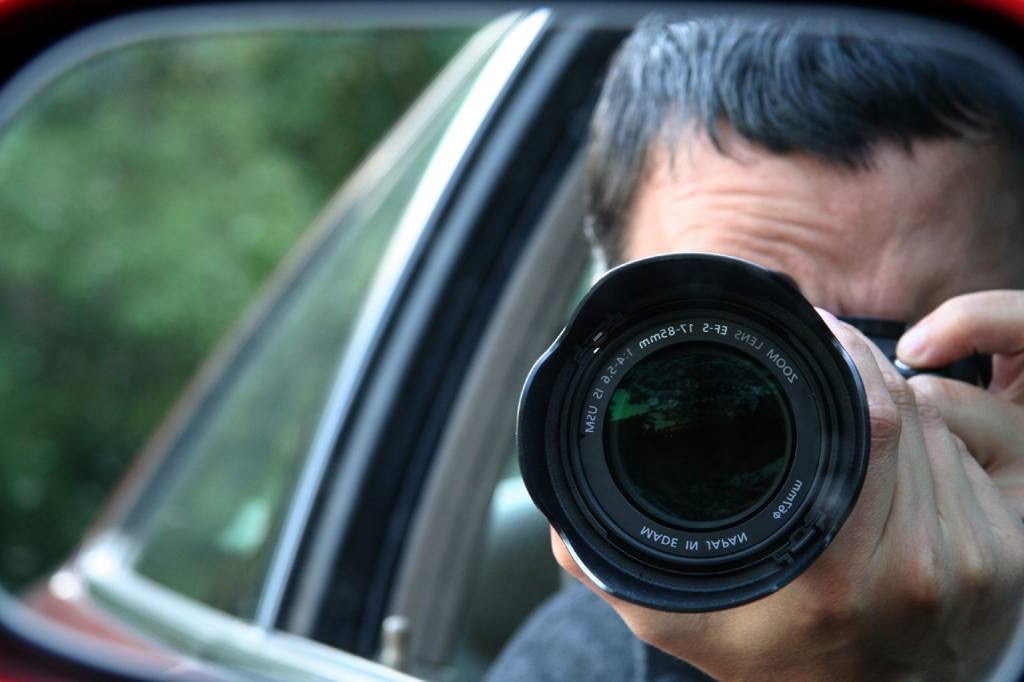
How to tell if you’re being followed…
As a bodyguard, you have to be on constant alert to people following you and your principal. The problem is spotting them in the first place.
Criminals, terrorists and kidnappers look the same as everyone else. They’ll be the ‘grey’ person, the one who blends into a crowd. Men, women, young and old, could be monitoring you and your Principal. Even children are used as information gatherers!
So how can you detect someone following you?
Anti-Surveillance Skills
These are the actions a bodyguard takes to expose an enemy who may be following them.
Just looking behind you does not identify surveillance – it identifies those who are behind you. The key is to force multiple sightings and unnatural behaviour.
In BODYGUARD: RECRUIT, Connor learns all about anti-surveillance skills. Here are some of the techniques he uses in the series.
Anti-surveillance techniques
- Frequently look behind you – this can be overt or covert depending upon whether you want the enemy to know you suspect something.
- Enter a shop, large store or mall. Hold the door open for those behind you, giving a chance to look back.
- Use the reflection in a shop window.
- Drop a piece of paper and see whether it is picked up and examined.
- Frequently change direction. However this quite overt, so have a reason for doing so.
- Walk into areas where there is little pedestrian activity such as a park, quiet housing estate or multi storey car park. But be careful not to become too vulnerable.
- Use large department stores with many exits and levels and suddenly stop at the information board. Look out for unnatural behaviour as someone follows you in.
- Walk through narrow walkways. If the enemy is not familiar with the area they’ll most likely follow you down there.
- Scan the area for Bluetooth devices with your mobile phone. See if the same device appears in a different location when you scan again.
Unnatural Behaviour
In addition to forcing multiple sightings, you must also combine it with spotting unnatural behaviour, such as:
- Peeping around corners, over stands and through doors or windows
- Mirroring – you cross the road, they cross the road
- Fixated on the target, staring at you and not noticing what is going on around them
- Being isolated and standing out without any cover
- Talking to themselves on the radio
- Having a vacant expression whilst they try to hear radio transmissions or continually touch their earpiece
- Fidgeting or acting in a shifty manner
- Deliberately avoiding eye contact or reacting when face to face
Anti-surveillance is sometimes the only way to meet a threat and deter – or even survive – an attack. So stay in Code Yellow and keep your eyes peeled for repeated sightings.
And remember the surveillance motto:
Once is happenstance.
Twice is circumstance.
Three times means enemy action.